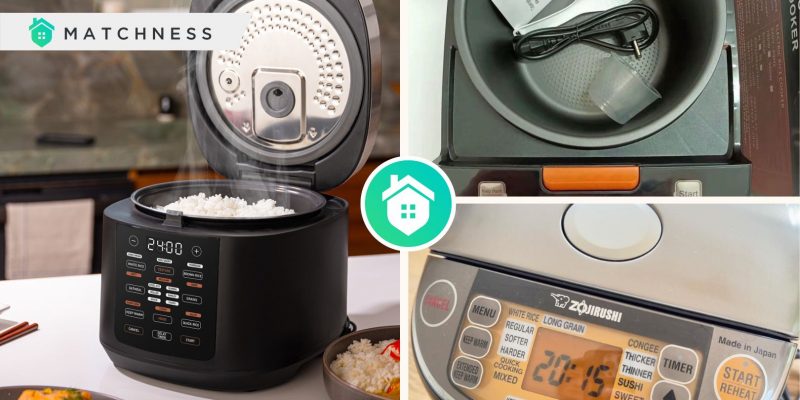Rice cookers have revolutionized the way we prepare rice, making it easier and more convenient than ever before. But have you ever stopped to wonder how these humble kitchen appliances work their culinary magic? In this article, we’ll delve into the inner workings of rice cookers, uncovering things behind their efficiency and reliability. Anyway, first of all, let’s talk about the benefits of using a rice cooker. Here there are:
1. Consistent Results: Rice cookers take the guesswork out of cooking rice, delivering consistent results every time.
2. Convenience: With programmable settings and automatic shut-off functions, rice cookers allow for hands-free cooking.
3. Versatility: Some rice cookers are equipped with additional features, such as steaming trays or settings for cooking other grains like quinoa or oatmeal.
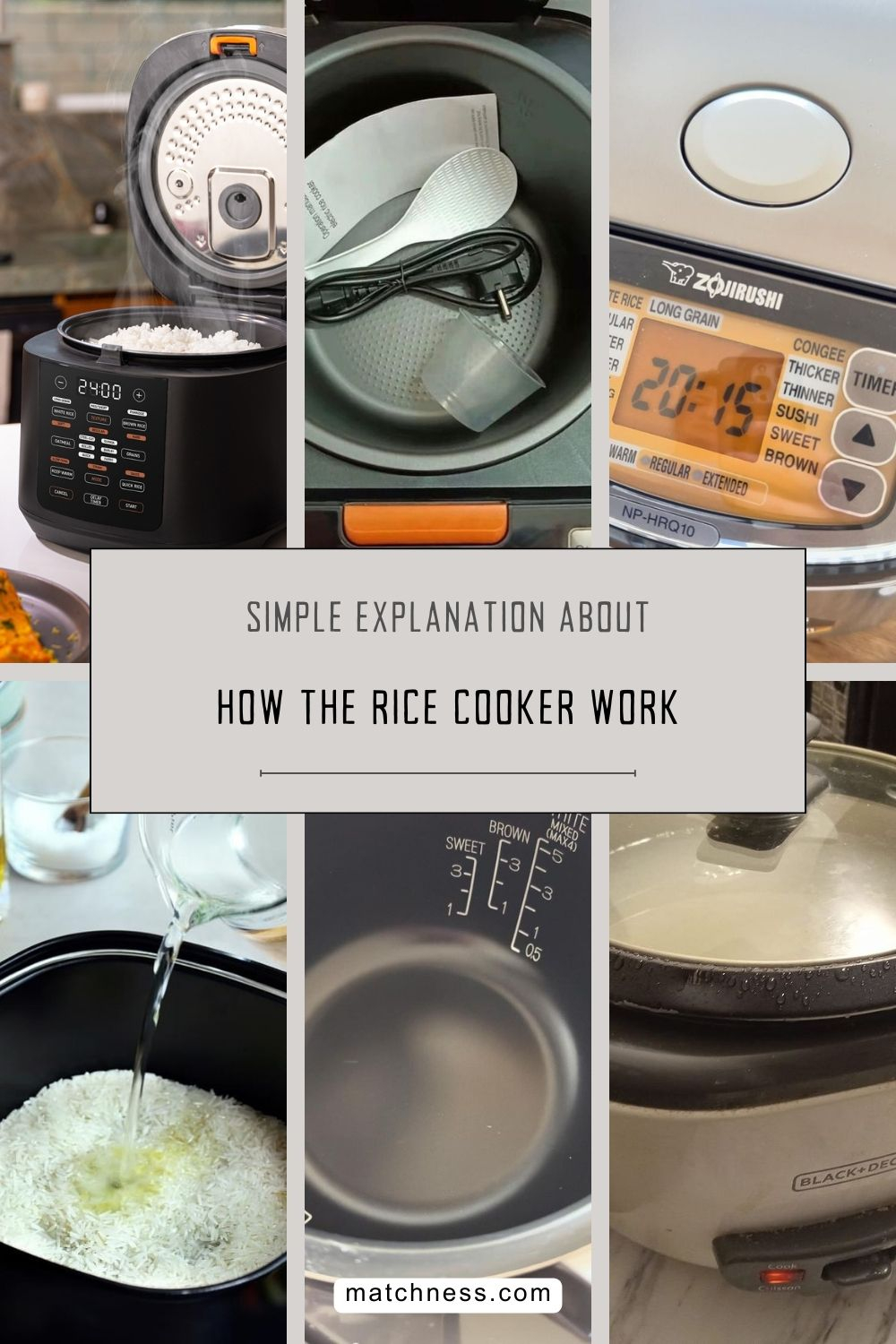
It is great how the rice cooker can help you to deal with the cooking process efficiently. However, you should know that the time it takes for a rice cooker to cook rice depends on several factors, including the type of rice, the quantity being cooked, and the specific model of the rice cooker. Generally, most rice cookers take about 20-30 minutes to cook white rice and 30-40 minutes for brown rice. Some advanced rice cookers may have features like quick cook or express settings that can reduce the cooking time. It’s always a good idea to consult the instruction manual for your specific rice cooker for precise cooking times and settings. Take a look at other important things that you should know about a rice cooker.
The Basic Components
At first glance, a rice cooker may seem like a simple appliance, but its functionality relies on several key components:
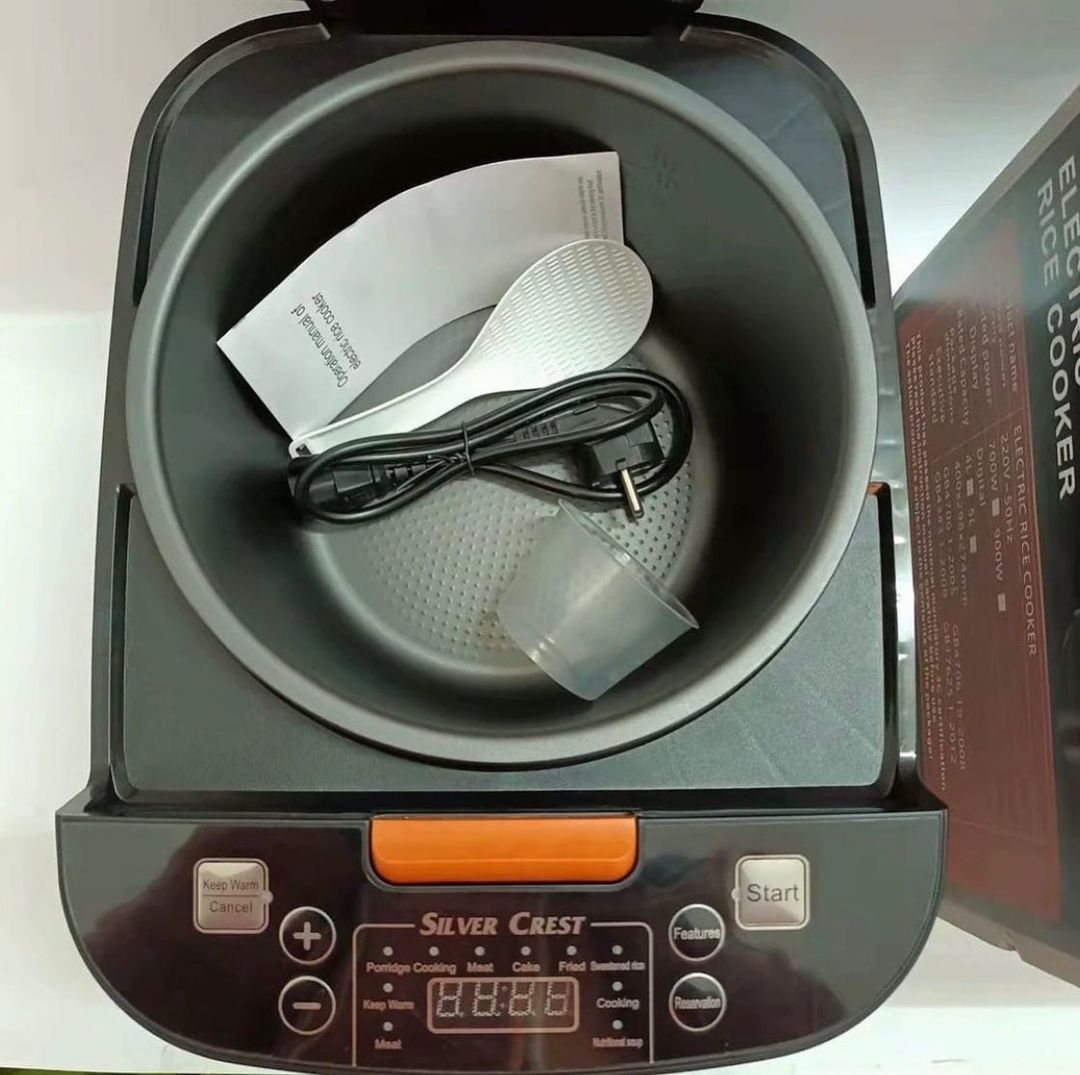
A rice cooker commonly comes in one set with the inner pot, a ladle, a rice measurer, and a steamer tool. However, this one doesn’t have a steamer tool. You can choose a rice cooker that fits your needs. Rice Cooker from @vyombo_centre
1. Inner Pot
This is where the rice and water are placed for cooking. The inner pot is typically made of aluminum or stainless steel and is designed to conduct heat evenly.
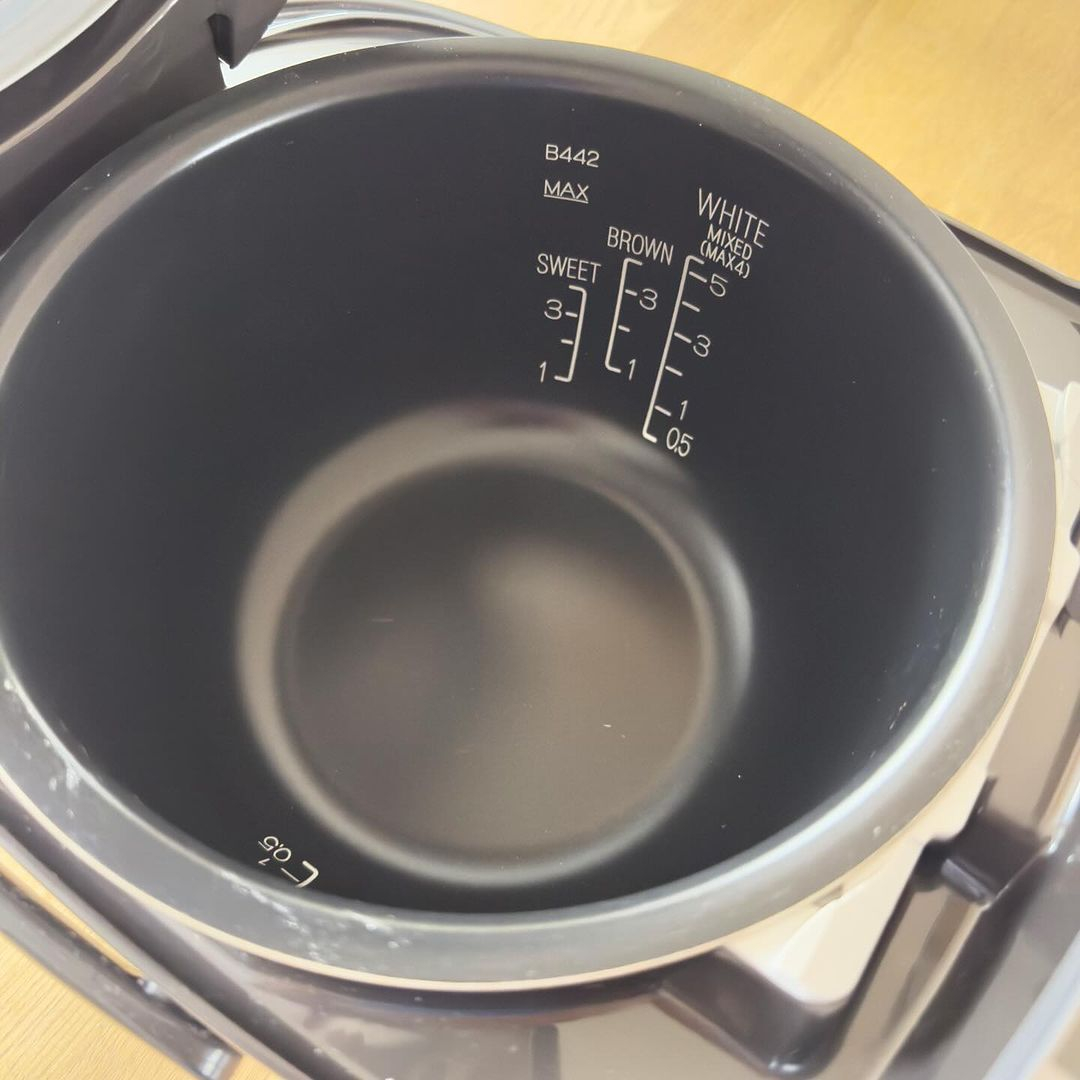
Look at the inner pot. It has a detailed water measure sign that won’t only for the white rice but also the brown and sweet rice. It is known that each of the rice has different characteristics and needs of water so it will help you a lot. Inner Pot from @lec_godzilla
2. Heating Element
Located beneath the inner pot, the heating element generates the heat necessary to cook the rice. It’s controlled by a thermostat, which regulates the temperature to ensure optimal cooking conditions.
3. Thermal Sensor
Many modern rice cookers are equipped with a thermal sensor that monitors the temperature inside the cooker. This sensor helps maintain consistent cooking temperatures and prevents overcooking or burning.
4. Control Panel
The control panel allows users to select different cooking modes and adjust settings such as cooking time and temperature. Some rice cookers also feature programmable timers for added convenience.
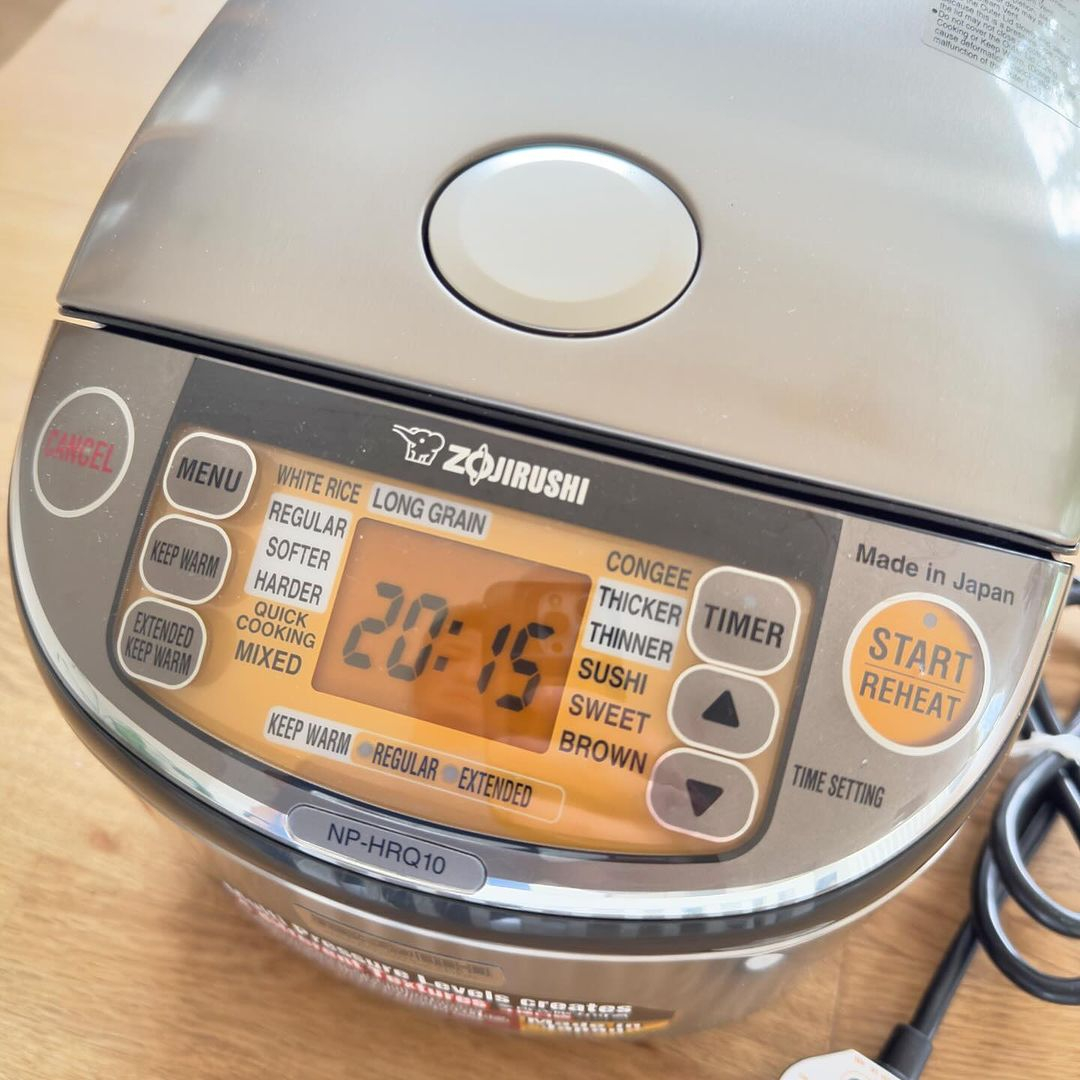
This one is what we call the control panel. There are some different modes that you can choose based on your needs. You may also adjust the mode based on the rice or food you are going to cook with the rice cooker. Control Panel from @lec_godzilla
The Cooking Process
Now that we’ve identified the basic components, let’s explore how they work together to cook perfect rice every time:
1. Water Absorption
When rice and water are added to the inner pot and the rice cooker is turned on, the heating element begins to warm the water. As the water heats up, the rice grains absorb moisture, causing them to swell and soften.
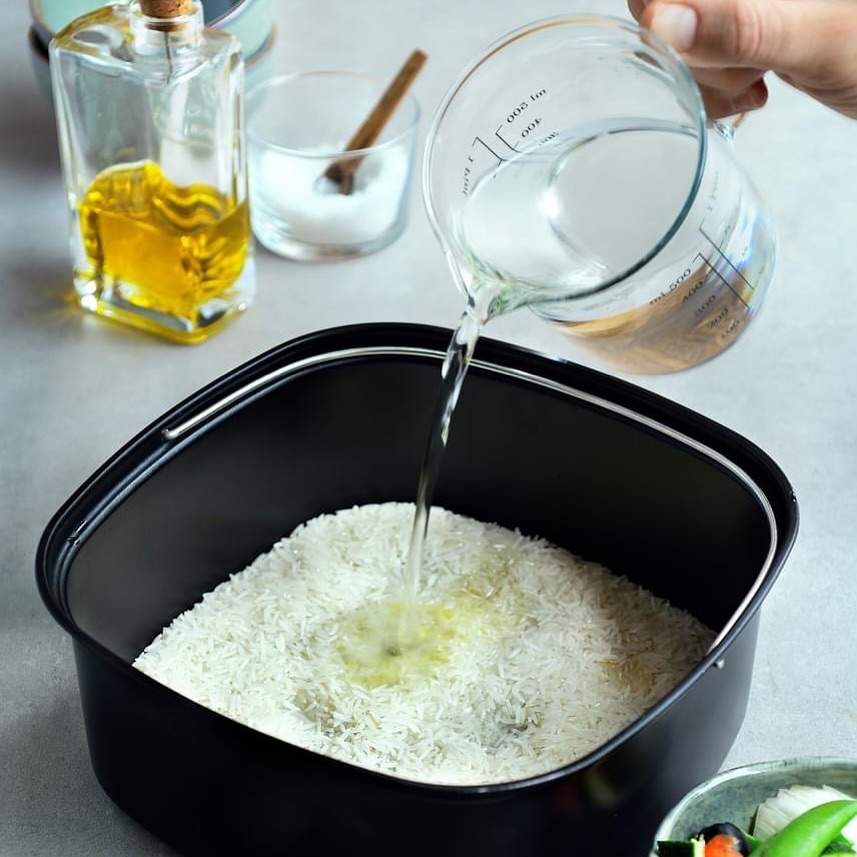
This will be the first step that you should take. Adding the water based on the water sign instructions will help you a lot to get the best rice-cooked result. Pouring the Water from @thephilipschef
2. Boiling Phase
Once the water reaches its boiling point, it begins to evaporate, creating steam inside the cooker. The temperature sensor monitors the heat level and adjusts the heating element as needed to maintain a steady simmer.
3. Absorption Phase
As the rice absorbs the remaining water and steam, the temperature inside the cooker gradually rises. The control panel’s sensors detect when the rice has absorbed enough moisture and automatically switch the cooker to a lower heat setting to prevent burning.
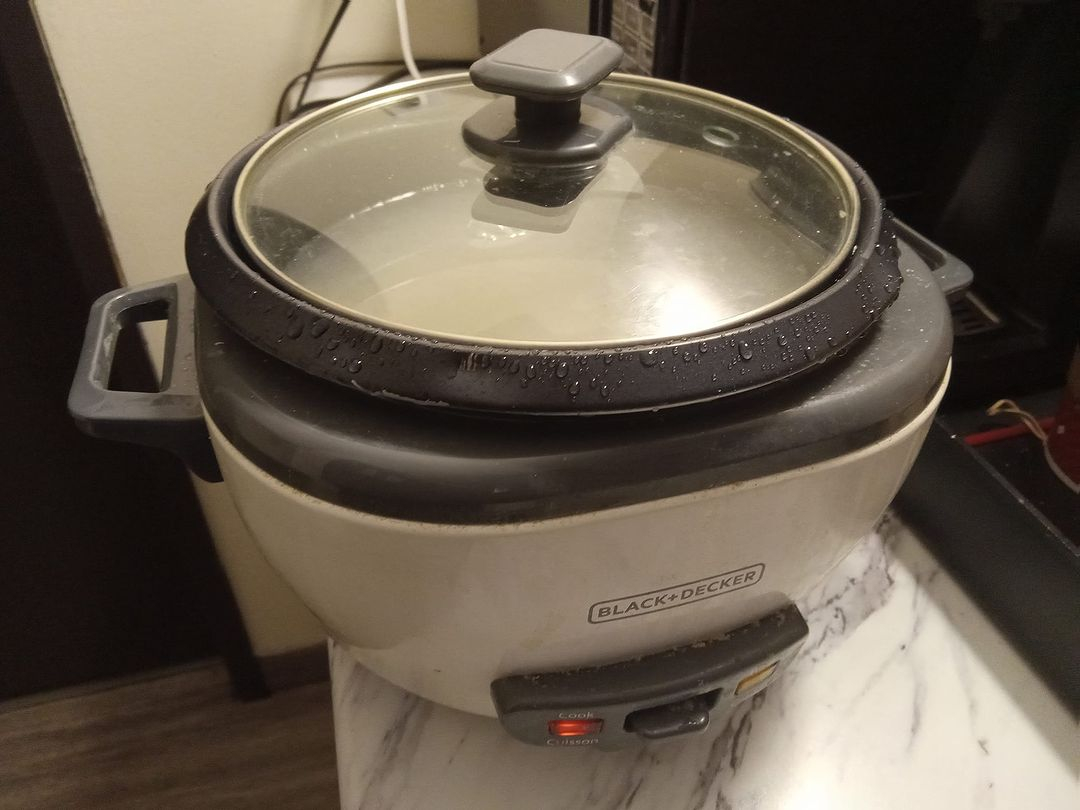
It is the early step of the boiling phase. You can see it from the water that still being there. When the temperature rises, the water will be absorbed by the rice and make it fully cooked. Boiling Phase from @quayevano
4. Keep Warm Mode
Once the rice is fully cooked, many rice cookers automatically switch to a “keep warm” mode to maintain the ideal serving temperature. This feature is especially convenient for busy kitchens or when preparing rice in advance.
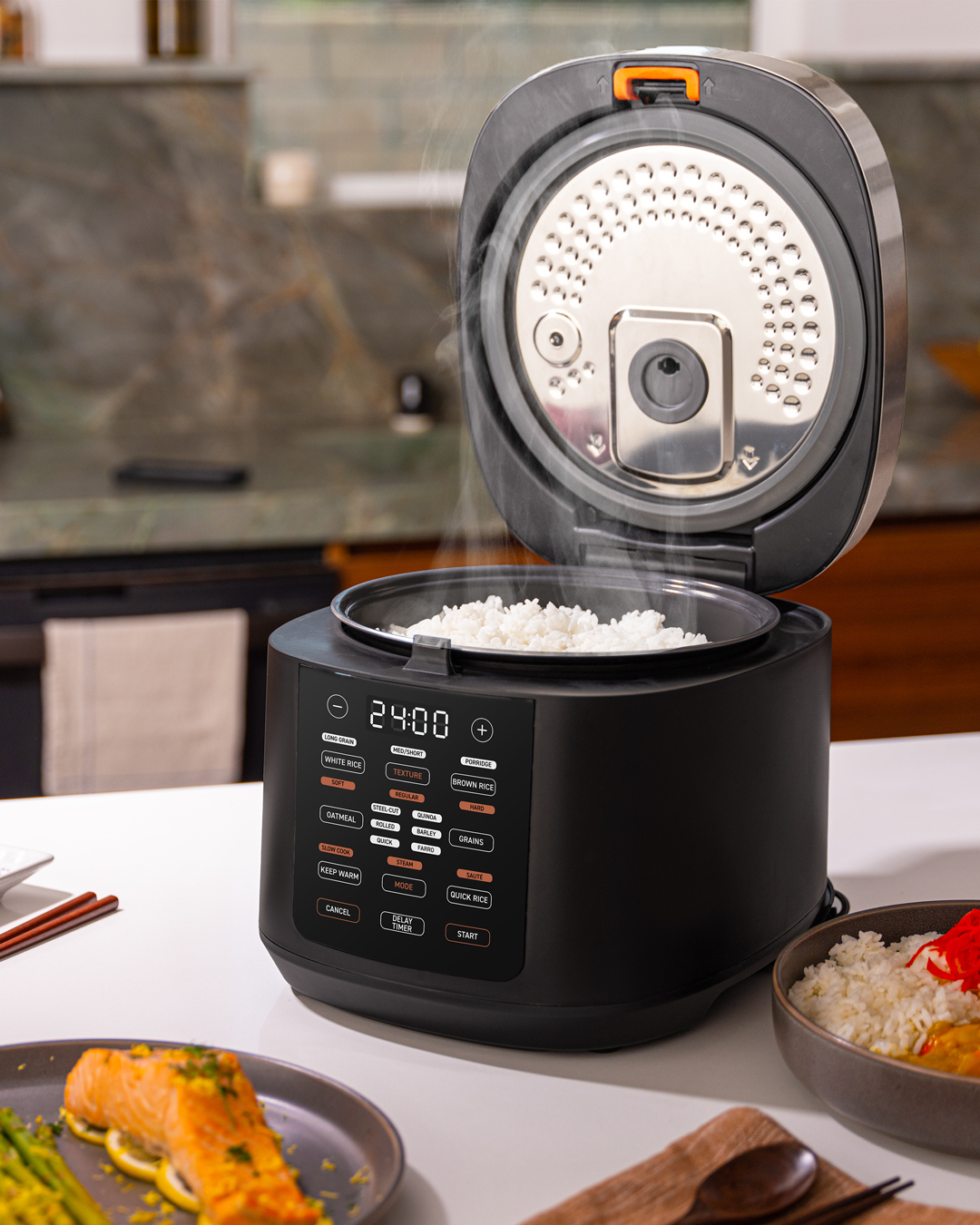
With a fully cooked rice condition, you can set the control panel to ‘warm’ mode. You can see the rice here with a great moisture condition and the best texture. Fully Cooked Rice from @cosoricooks
From humble beginnings to kitchen essentials, the rice cooker has come a long way in revolutionizing how we prepare rice. By understanding the basic components and cooking process behind these ingenious appliances, you can appreciate the science and technology that make perfectly cooked rice a reality. Whether you’re a seasoned chef or a novice cook, a rice cooker is a valuable addition to any kitchen arsenal, simplifying meal preparation and ensuring delicious results with every batch of rice.


